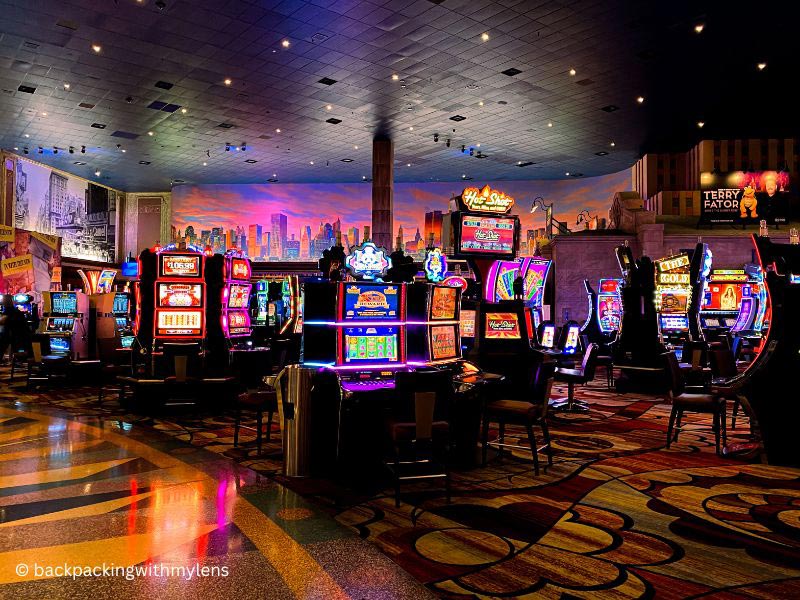How Casino Games Employ Hue and Style to Entice Gamers

Within the dynamic and thrilling world of gaming establishments, wherein fortune and tactics intertwine, hues and aesthetic play a pivotal role in drawing in gamblers. From the moment visitors step into a casino or log into a gaming website, they are enveloped in a sightly feast that captures their attention and lures them to explore further. Bright colors, engaging graphics, and creative layouts are meticulously crafted to create an environment of excitement and anticipation, ultimately enhancing the gaming encounter.
As gamblers navigate through the ever-changing landscape of casino games, they encounter a range of designs that not only serve visual purposes but also affect emotions and choices. Hues like scarlet and yellow symbolize riches and luck, while soothing navy and greens can create a much relaxed environment. Grasping how these elements work together enables casinos to create an inviting and energizing atmosphere that encourages players to interact with the games, spend additional time at the tables, and increase their overall enjoyment.
The Study of Color in Gambling Games
Color plays a key role in the design of casino games, shaping players’ emotional states and behaviors. Lively and vibrant colors, such as red and yellow, are often used to stimulate excitement and capture attention. These colors create a sense of pressure and vitality, encouraging gamblers to involve themselves more enthusiastically with the experience. By thoughtfully selecting hues, designers aim to elicit feelings of joy and excitement, which can enhance the complete player experience.
Different shades also have psychological connotations that can impact how gamblers perceive their chances of winning. For example, lime is often associated with good fortune and wealth, making it a popular choice in games like the roulette wheel and poker setups. This association can cause players to feel more positive and assured in their gaming, ultimately encouraging them to stake more. Understanding these connections allows game designers to craft environments that enhance player satisfaction and loyalty.
Moreover, the layout of gaming interfaces often utilizes blended colors and contrasting hues to guide players’ actions. For example, successful results may be accentuated with striking, contrasting shades, creating a visual reward. This method supports positive outcomes and supports repeated participation. By leveraging the science of color, casinos can create games that not only captivate participants but also hold them involved and invested in their play experience.
Design Elements that Engage Gamers
The visual appeal of casino games is largely influenced by the use of vibrant colors. Lively and striking colors are deliberately chosen to create an appealing atmosphere that captures interest. For instance, reds and golden hues often signify good fortune and wealth, which is why they are prevalent in the palettes of gaming machines and table surfaces. These colors not only draw players in, but they also evoke emotions associated with excitement and expectation, enhancing the overall gaming experience.
In addition to color, the aesthetic and organization of gambling games play a crucial role in player attraction. Games are designed to be intuitive, ensuring that players can quickly understand the rules and gameplay. Accessible interfaces, along with engaging graphics and animations, help maintain gamer interest and promote extended play sessions. The physical elements, such as the texture of the controls and the audio of the games, also contribute to a holistic sensory experience that keeps players engaged.
Finally, conceptual elements in gaming design can greatly influence gaming decisions. Many casino games are inspired by popular culture, fairy tales, or adventure themes, featuring symbols and characters that connect with players. These themes create a sense of immersion and relatability, making each game feel distinct. When players feel a bond to the theme, they are more likely to choose that game over others, leading to higher participation and enthusiasm within the casino environment.
Case Studies: Successful Gambling Game Designs
One noteworthy example of impressive casino game design is the acclaimed slot machine series based around hit movies. Games such as those based on the Wizard of Oz and Game of Thrones utilize vibrant colors and high-quality graphics to immerse players in well-known narratives. The application of moving visuals and engaging sound effects grabs the attention of players, creating an emotional connection to the theme. This approach not just promotes longer play but also enhances the overall gaming experience, resulting in increased player retention.
Another notable case is the application of the psychology of color in table games like 21 and roulette. Casinos often create these games with dark reds and greens, colors traditionally associated with luck and wealth. Ga179 For instance, the emerald felt on a blackjack table provides a relaxing effect, while the crimson accents in the wheel invite anticipation. This thoughtful use of color helps to establish an inviting atmosphere that stimulates players to participate, fulfilling their psychological impulses and boosting their enjoyment.
Finally, online casino games that incorporate social features and vivid, colorful designs have achieved remarkable success in engaging players. Games like Zynga Poker and Slotomania leverage striking colors and playful animations to establish an inviting online environment. The addition of leaderboards, social sharing options, and in-game rewards encourages competition and community, pulling players in for longer sessions. Such designs not just make the games visually appealing but also highlight social interaction, a vital factor in player retention and engagement within digital casino environments.